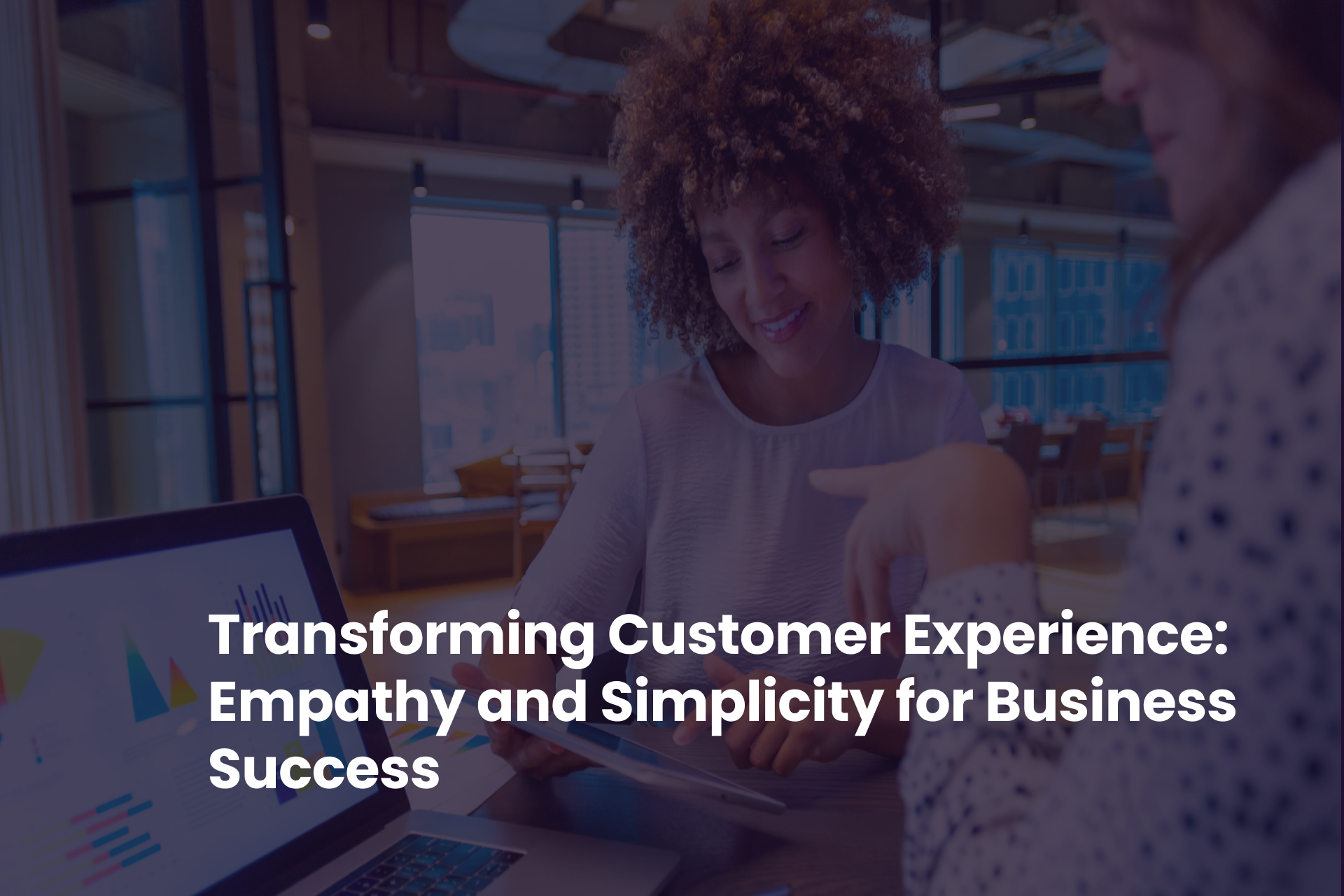Real-time Data Drives Self-Service Success and Revenue

Byline: From a podcast interview with Candace Wallace, the Chief Customer Officer at Relias.
Customers expect quick and efficient solutions to their problems. This has led to the rise of self-service options in contact centers, which aim to reduce costs and have a direct impact on customer loyalty. In this article, we will explore the insights shared in a recent transcript and delve into the themes of cost reduction, customer loyalty, and the importance of granular data analysis in driving successful self-service initiatives.
Key Takeaways:
- Self-service options in contact centers can lead to cost reduction and improved customer loyalty.
- A robust self-service experience can positively influence lagging indicators such as net retention rate, gross retention rate, and net promoter score.
- Granular data analysis is crucial for measuring the success of self-service initiatives and making informed decisions.
“If we can create a precious digital experience for these customers, not only would it drive down some of those costs because we are handling some of that self-service, but we could see those results in the longer-term view.” – Candace Wallace
Cost Reduction and Customer Loyalty
Self-service options have become increasingly popular as organizations strive to reduce costs associated with contact centers. Organizations can empower customers to find solutions independently and minimize the need for live agents and associated overhead expenses. However, it is important to recognize that not all customer interactions can be resolved through self-service. There will always be cases that require the expertise of a live agent.
According to the transcript, changing a negative customer experience into a positive one is crucial for driving customer loyalty and improving net promoter scores. While self-service options can handle simpler queries, spending a little extra time on more complex issues can have a significant positive impact. By providing personalized assistance and resolving difficult problems, organizations can foster customer loyalty and improve their overall reputation.
The Role of Lagging Indicators
Lagging indicators, such as net retention rate, gross retention rate, and net promoter score, are often used to measure the success of customer service initiatives. However, these indicators may reflect little changes and can be influenced by various factors. Candace emphasizes that revenue benefits are typically lagging numbers, meaning they take time to manifest.
To drive a valuable self-service experience, organizations need to understand their customers and leverage the right channels and technologies. By creating a highly valuable digital experience, organizations can reduce costs and see improvements in lagging indicators over the long term. For example, a robust self-service system can lead to higher net retention rates and improved net promoter scores. However, it is important to note that these indicators may still need to catch up to the actual implementation of self-service initiatives.
The Importance of Granular Data Analysis
Organizations need to analyze data at a granular level to measure the success of self-service initiatives and tie the results back to specific customer segments. Traditional performance metrics across the entire business may not provide the necessary insights to make informed decisions. Instead, organizations should focus on measuring performance at specific customer segment levels and market segments.
Organizations can track how customers adopt and engage with self-service options by analyzing real-time data. This real-time measurement allows for quick adjustments and the ability to pivot if necessary. Candace emphasizes the need for watching customer behavior closely and being able to slice and dice data to gain a comprehensive understanding of the impact of self-service initiatives.
Implications and Potential Impacts
Organizations can create a win-win situation by reducing costs and improving customer loyalty. However, it is important to balance self-service and live agent support. While self-service options can handle simpler queries, organizations should pay attention to the importance of personalized assistance for more complex issues.
Furthermore, the transcript emphasizes the need for granular data analysis to measure the success of self-service initiatives. Organizations can make data-driven decisions by understanding customer behavior at a detailed level and continuously improving their self-service offerings. This level of analysis allows for real-time measurement of adoption rates, volume reductions in the contact center, and the subsequent impact on lagging indicators such as net retention rate and net promoter score.
Conclusion
The impact of self-service options in contact centers goes beyond cost reduction. By providing customers with valuable digital experiences and resolving complex issues, organizations can drive customer loyalty and improve lagging indicators such as net retention rate and net promoter score. However, to measure the success of self-service initiatives, organizations must analyze data at a granular level and be prepared to adjust based on real-time insights. Organizations can create a seamless customer experience that drives loyalty and reduces costs by finding the right balance between self-service and live agent support.
Self-service options in contact centers have the potential to revolutionize customer service. Organizations can create valuable digital experiences that drive customer loyalty and revenues by leveraging technology and analyzing data granularly. The insights shared in this article highlight the importance of striking a balance between self-service and live agent support and the need for real-time measurement and analysis to track the impact of self-service initiatives. By embracing these principles, organizations can stay ahead of the curve and deliver exceptional customer experiences.
Looking for specific information?
Our specialist will help you find what you need in customer service outsourcing
Book a callDiscover Contact Center Perspectives Podcast
Discover the themes that resonate most with your challenges
 English
English





